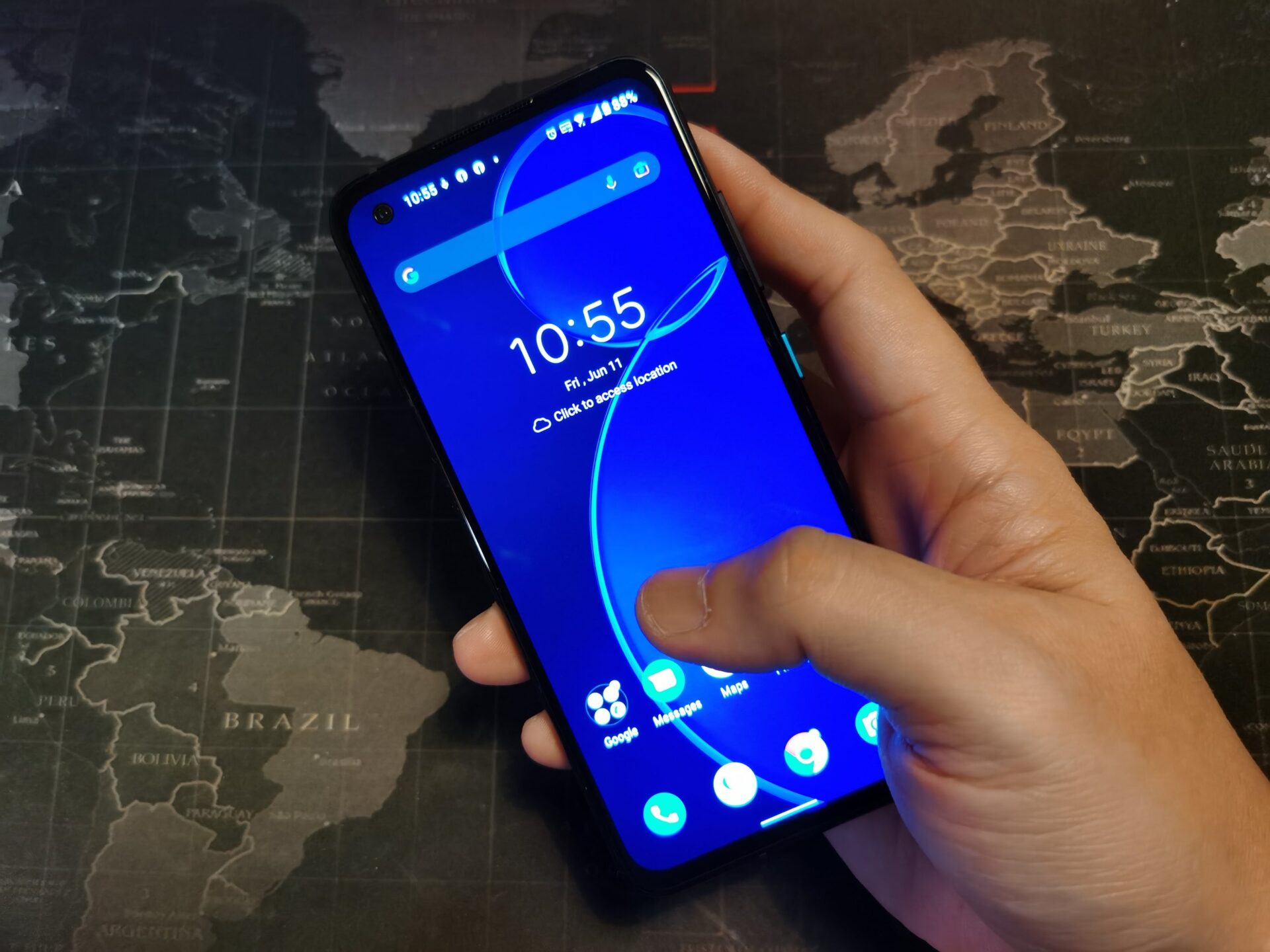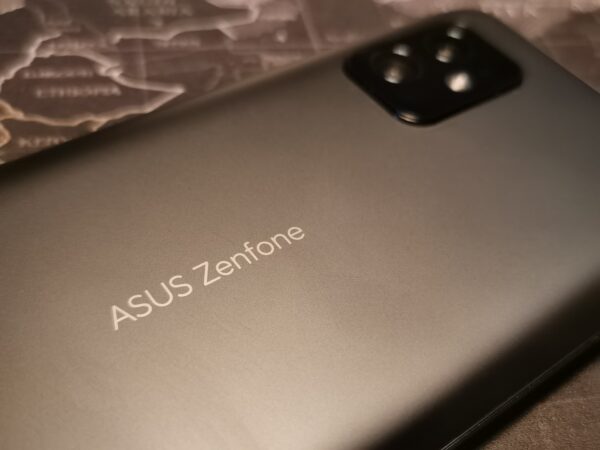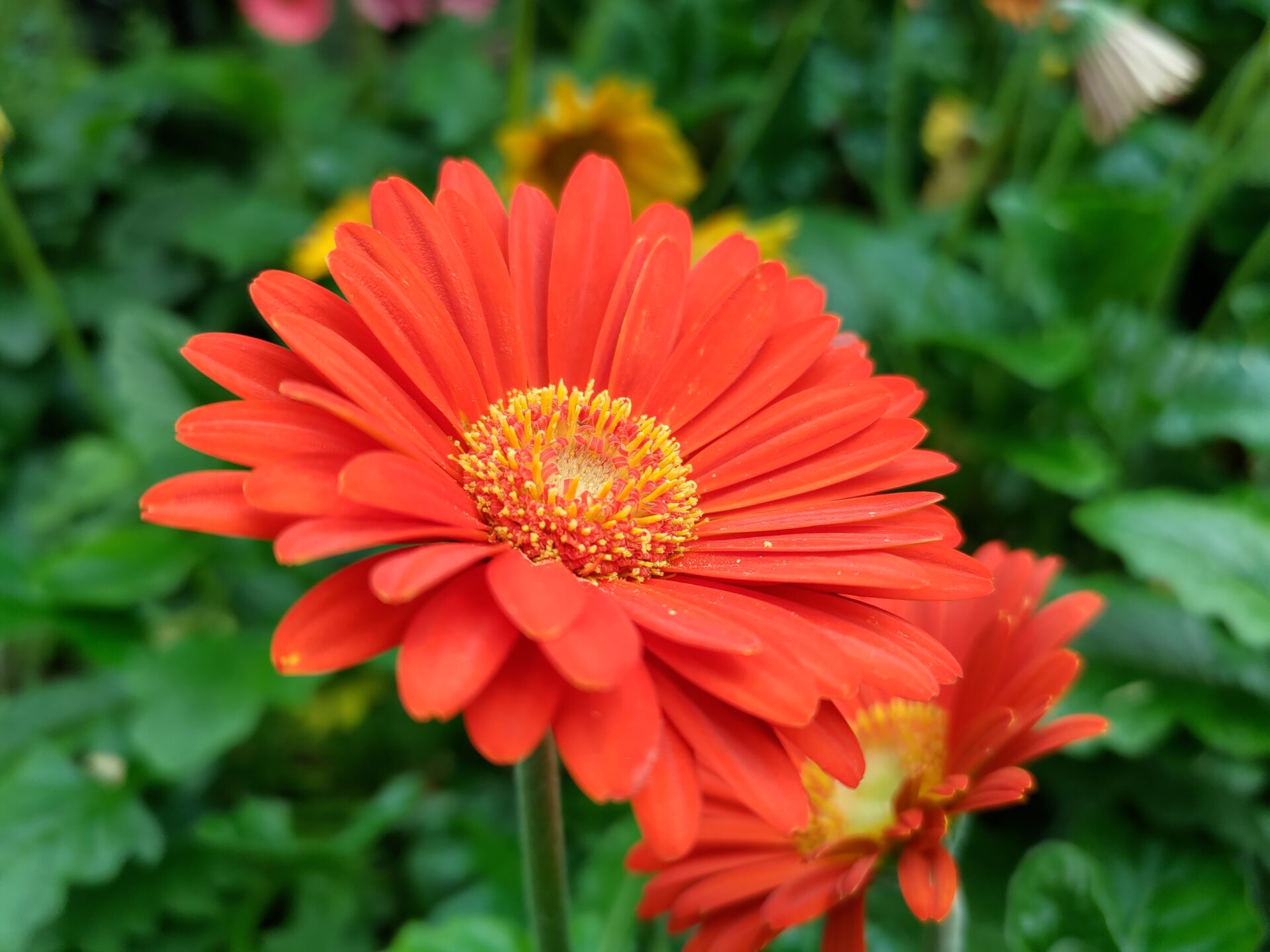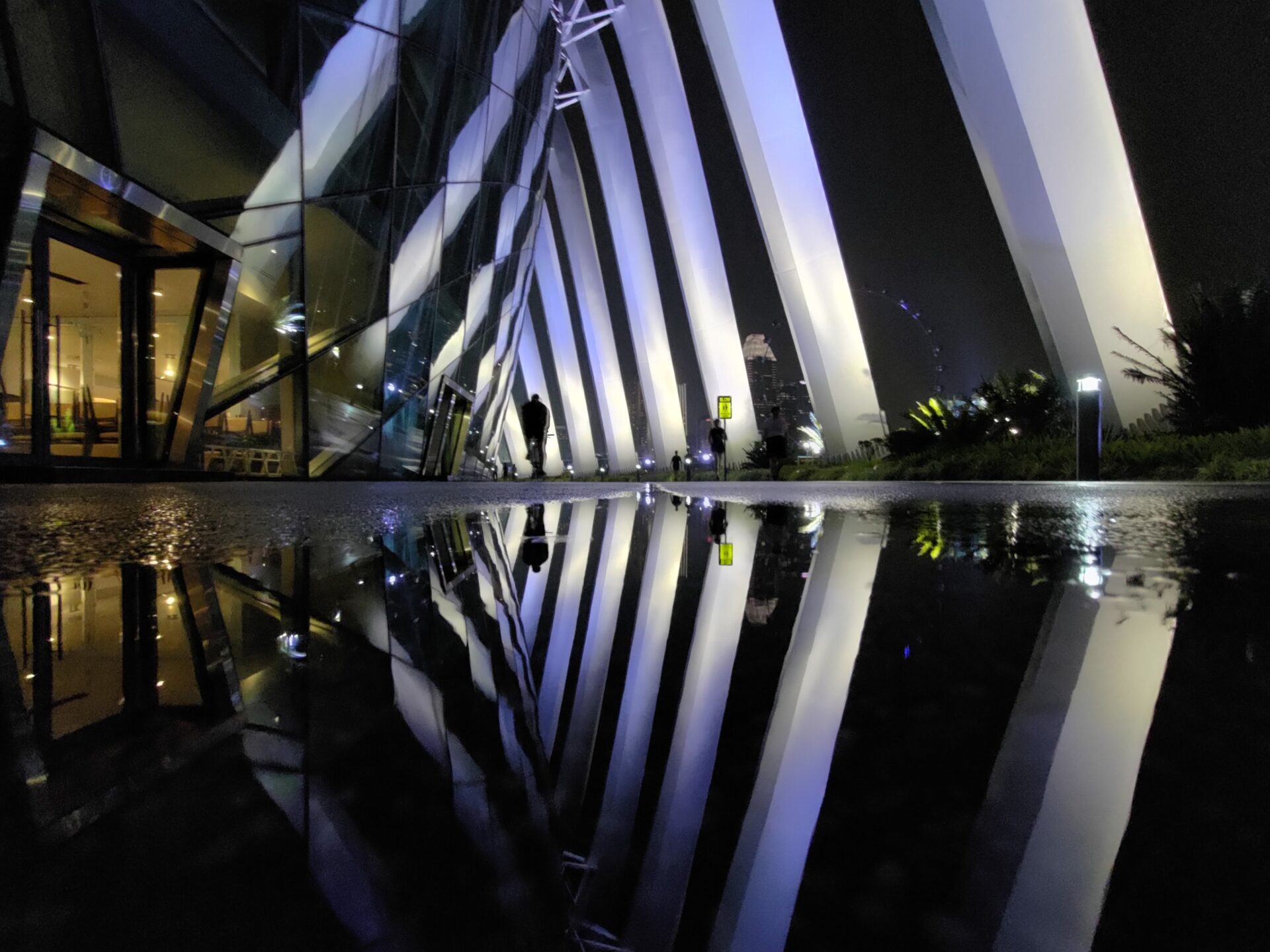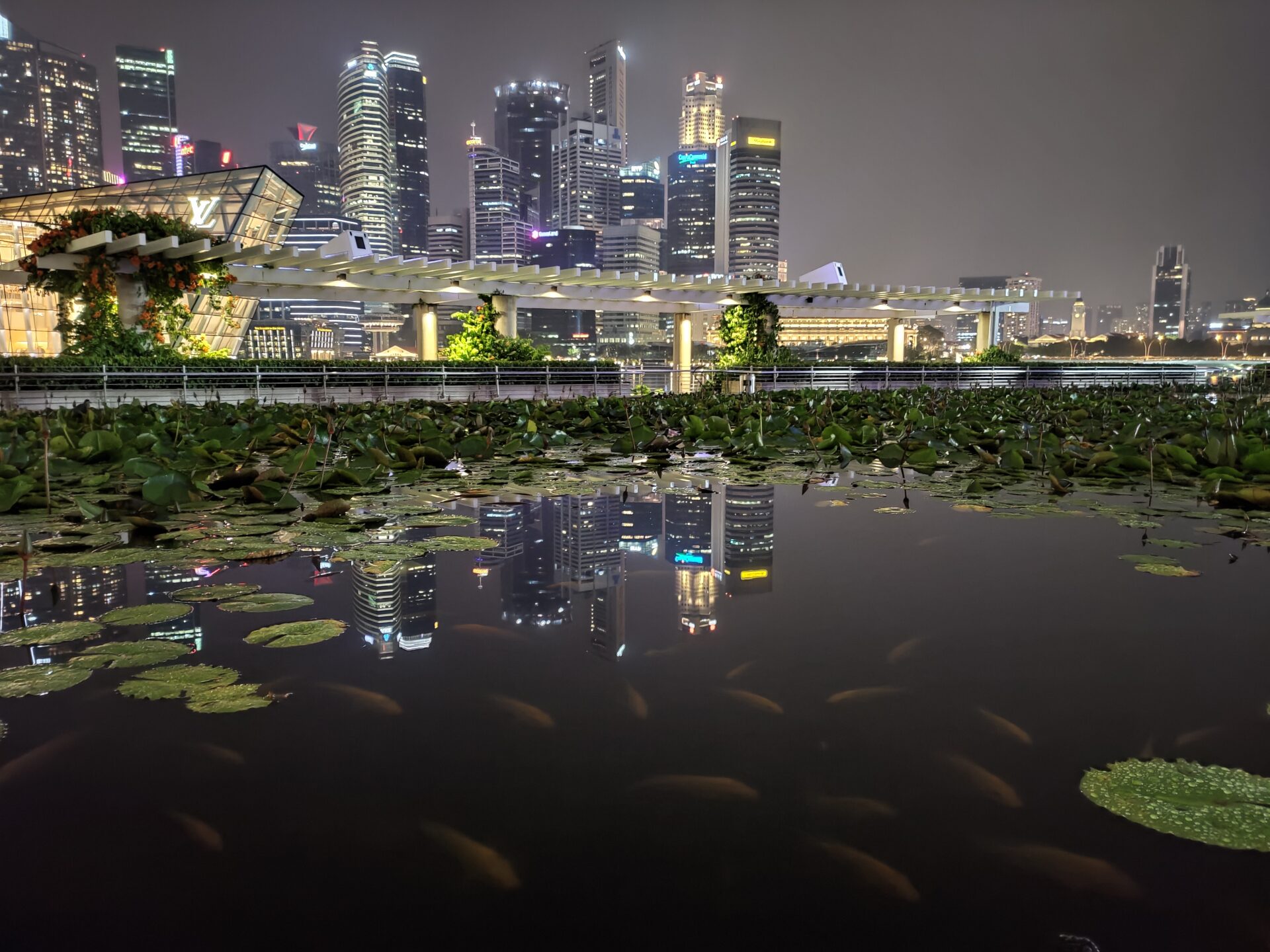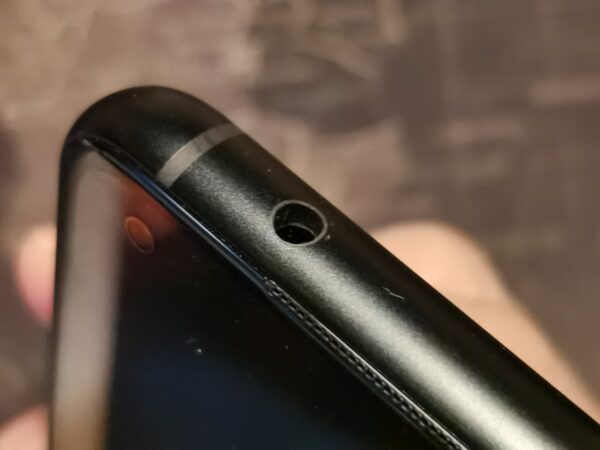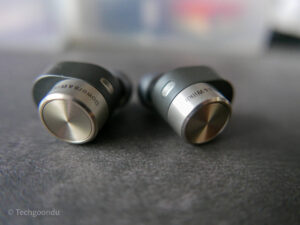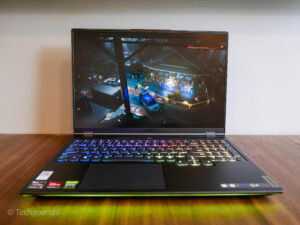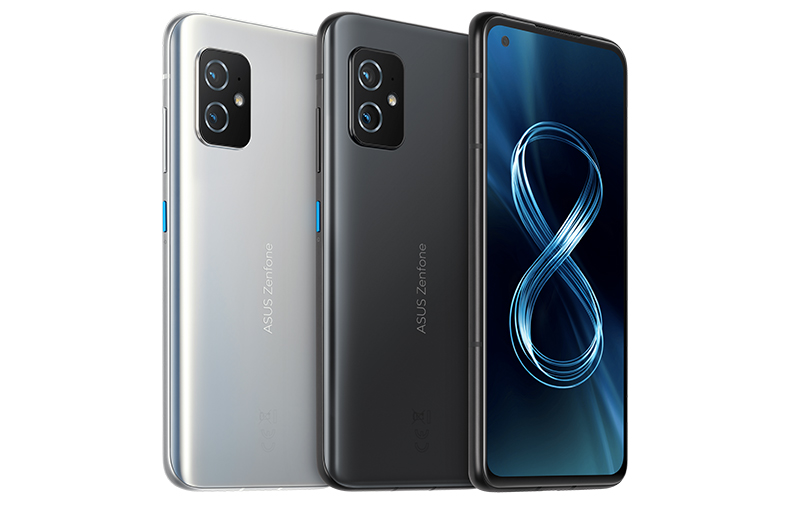
The new Zenfone 8 comes in Horizon Silver and Obsidian Black. PHOTO: Handout
Seven years after the first Zenfone arrived in shelves to much anticipation, Asus will be hoping that its latest Zenfone 8 can hit the jackpot when it comes to a well designed, attractively priced flagship phone.
Back in 2014, the first model was a budget version that used an Intel mobile chip. Today, the Zenfone 8 is driven by the top-end Qualcomm Snapdragon 888 processor. That’s as fast as you get for an Android smartphone.
The Asus phone also sports a good 16GB RAM – more than many PCs – to keep your apps running smoothly. Plus, the 256GB of storage will satisfy all but the most demanding speed demon.
What I also like is Asus’ clean user interface, which easily reminds me of Google Pixel phones running on a stock Android operating system. The clutter-free design certainly helps to make the Zenfone 8 feel zippy.
Another big plus is the 5.9-inch AMOLED Full HD screen running at 120Hz refresh rate. This translates into smooth transitions between home pages and quick responses to every touch. Handy for games, too.

The relatively small size makes the Asus phone comfortable to hold, but the screen is big enough to read on. PHOTO: Wilson Wong

I always feel that a frosted matte back is classier than shiny glass. It is also not a fingerprint magnet. PHOTO: Wilson Wong
The phone may not be the thinnest, measuring 8.9mm thick, but with a small screen, it is one of the most comfortable phones to hold. My thumb can reach the corners of the screen without shifting the phone too much. Its 169g weight will not sag in my trousers too.
What about the Zenfone 8’s camera? To be honest, I wasn’t expecting much from a 64-megapixel, 1/1.7-inch sensor as its main camera and a 12-megapixel 1/2.55-inch sensor for the ultrawide camera. Without a dedicated optical zoom lens, the images are passable at best if you want to zoom in.
Fortunately, there are upsides. The phone does well for night shots, portraiture and food photos. While it may not compete with the best smartphones out there, it is good enough to cater to most users. I just wish it could capture more pixels for the ultrawide camera to shoot landscapes.

Panoramic night scene 
The food shot does need a bit of saturation 
It cannot do super macro but is good enough to capture this flower. The colours are a tad too saturated for my taste. 
Because it is rated IP68 for water and dust resistance, I can easily put the phone in the water for this reflection shot. 
It may not shoot the nicest night scene, but the image quality is good enough for most users. It can even show the fishes in the pond.
For videographers, the Zenfone 8 can record in 8K resolution at 24fps, though you can only record with the normal wide-angle camera. Switch to the ultrawide camera and the resolution drops to 4K at the maximum frame rate of 60fps.
Once you activate the video stabilisation mode, the resolution drops further to Full HD. Shooting high-resolution video with the Zenfone 8 definitely requires steady hands or the use of a phone gimbal, such as the DJI Osmo Mobile 4.
In the multimedia playback department, there are a few surprises from the Zenfone 8. The stereo sound coming off the phone is very loud thanks to the front-facing speaker at the top of the phone that’s aided by the downward-facing main speaker.
If you missed your 3.5mm audio jack, the Zenfone 8 is now the only flagship phone that has such a feature to let you plug in your expensive wired headphones. I can also plug in my shotgun microphone when capturing vlogs for clearer audio pickup.

The headphone jack is not only useful for music but is essential for better audio recording with an external microphone. PHOTO: Wilson Wong
This new phone is also packed with other useful features such as water/dust resistance (IP68), Near Field Communication (NFC), 5G support, Wi-Fi 6, Bluetooth 5.2 and a 4000mAh battery that easily lasts the day for moderate users.
I’ll be honest, the Zenfone 8 is not the prettiest looking phone around, nor does it come with outstanding image capturing capabilities. However, at S$1,099, it is also not the most expensive flagship phone out there. Plus, the well-spec’d hardware will perform well for the next few years.
Too bad it does not have wireless charging and only comes in Obsidian Black for the top-of-the-line model. If you want the S$999 Horizon Silver finish, you have to make do with only 8GB of RAM.
